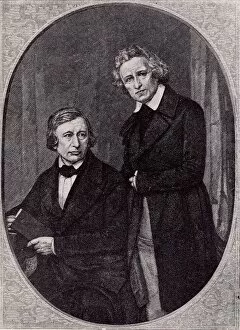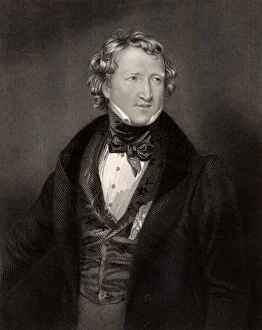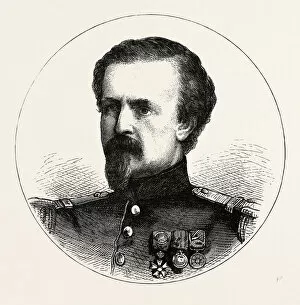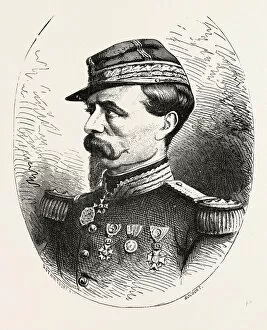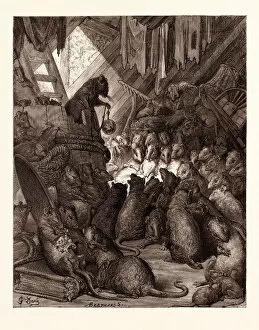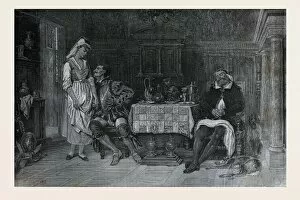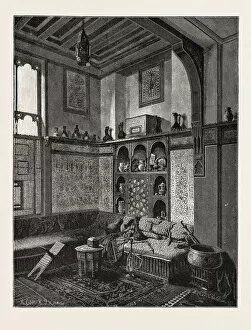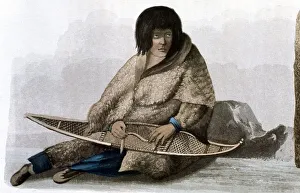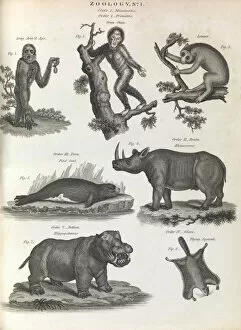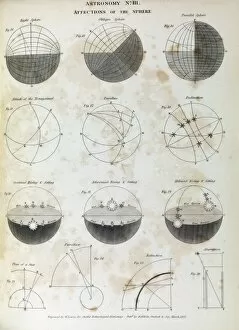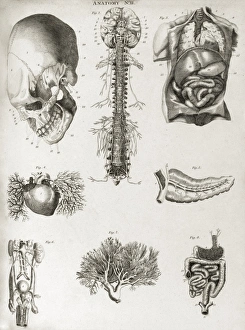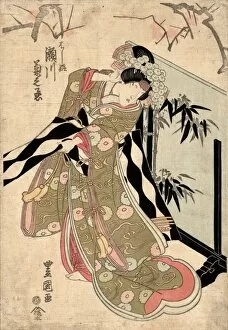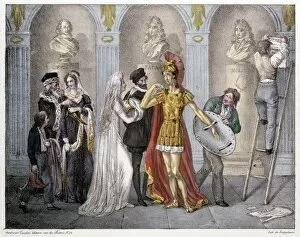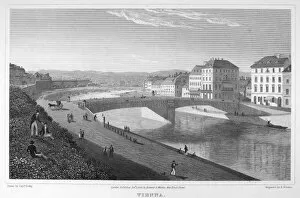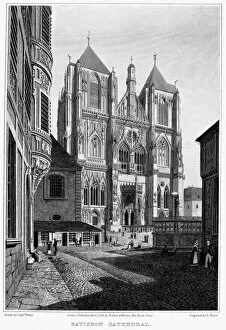1823 Collection (page 18)
In the year 1823, a myriad of fascinating events and creations unfolded, leaving an indelible mark on history
All Professionally Made to Order for Quick Shipping
In the year 1823, a myriad of fascinating events and creations unfolded, leaving an indelible mark on history. Scientific discoveries took center stage as astronomers delved into the intricate epicycles of Mercury and Venus, unraveling celestial mysteries that had long perplexed humanity. Meanwhile, horticulturists marveled at the Nerine's six captivating varieties and the Protea's seven enchanting species, showcasing nature's boundless creativity. Amidst this scientific fervor, medical pioneer Edward Jenner made groundbreaking strides in immunization alongside his contemporary Thiriat. Their tireless efforts paved the way for future advancements in healthcare that would save countless lives. Artistic brilliance also flourished during this era. The Great He-Goat emerged from Francisco de Goya's brush strokes between 1820 to 1823, depicting a hauntingly powerful symbol of human folly and vice. Goya further captivated audiences with his poignant masterpiece "The Drowning Dog, " evoking raw emotions through his masterful use of color and composition. Notable figures graced society during this time as well. John Passmore Edwards became immortalized in Vanity Fair by Spy’s skilled hand; his philanthropic endeavors left an enduring legacy that continues to inspire generations today. Sir Francis Ronalds pushed boundaries with pioneering electrical experiments while Jean Henri Fabre unraveled nature's secrets through meticulous observations. Across continents, Abraham-Louis Breguet revolutionized horology with his innovative timepieces that blended elegance and precision seamlessly. In America's Cape Hatteras National Seashore stood Ocracoke Lighthouse—a beacon guiding sailors safely home amidst treacherous waters since its construction in 1823. As we reflect upon these remarkable achievements from two centuries ago, it becomes evident how each discovery or creation has shaped our present reality—reminding us of humanity's ceaseless pursuit of knowledge and beauty across various realms: science, art, medicine, philanthropy, and beyond.

